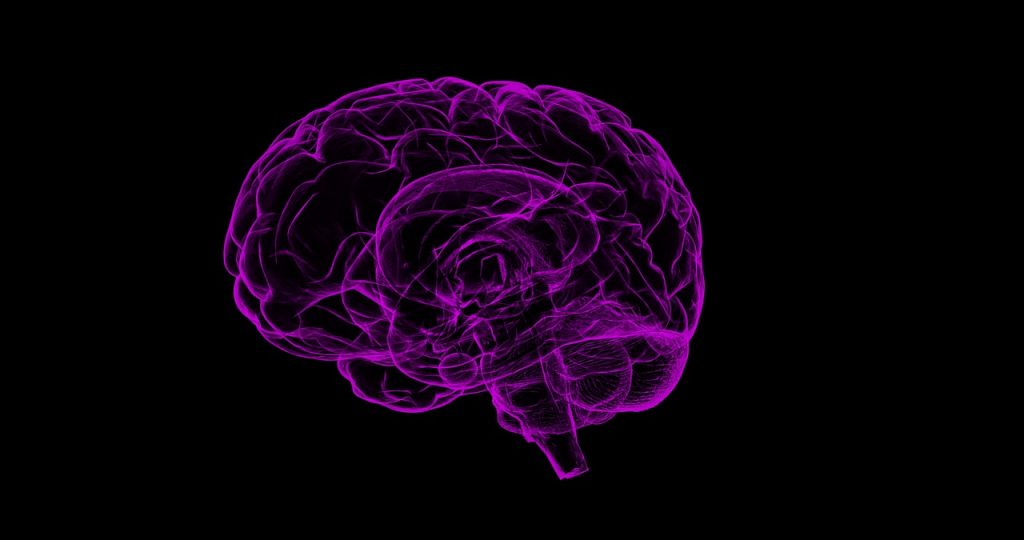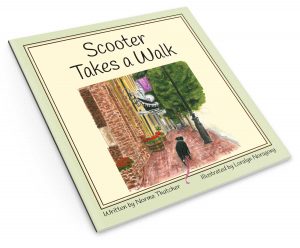
Image by Raman Oza on Pixabay
I recently checked out a library book on the brain titled (appropriately enough) The Human Brain Book by Rita Carter, Susan Aldridge, Martyn Page, and Steve Parker. The subtitle identifies the book as “an illustrated guide to its (the brain’s) structure, function, and disorders.”
Allow me to make a qualifying statement here: This book is several (OK, many) grades above my intelligence level. I just couldn’t take it all in. This is not a book intended to be browsed, but that’s what I did since the information was too overwhelming for me. Even browsing, I didn’t make it halfway through before this new book was due back. (New arrivals are not renewable at our local library.)
Why did I even check out that book? Well, one reason is that the brain has always interested me. I get a kick out of humankind’s ego trip of thinking we know ourselves. Because we really don’t. And I’m always looking for additional scientific data on subjects that relate to public speaking in order to expand my students’ knowledge.
However, what really caught my interest during my browsing was the topic of how our brains respond to illusions. Remember those irritating Magic Eye books from the mid-90s? I know; most of you loved those books, being the first in your group to find the hidden image. I hated them because I could NEVER find the image, even if I knew what image was there. No one would ever have chosen me to be on their Magic Eye team.
Fortunately, this brain book led me to some easier illusions.
The Necker Cube; it sounds like some type of rehabilitative device to ease neck pain, doesn’t it? It’s actually named after Louis Albert Necker who first published the illusion in 1882 in the London and Edinburgh Philosophical Magazine and Journal of Science.
The Necker Cube is not anything like Magic Eye. Your interpretation of the object changes by shifting your focus to various sides. I’ve included a link to the Illusions Index so you can check it out for yourself. The site offers an explanation for each illusion they provide so that you can understand why you see what you believe you see.
I also like the Troxler Effect (likewise found on the Illusions Index—click the tab “explore illusions”). I want to believe that Lewis Carroll’s eureka moment for the Cheshire Cat was inspired by this illusion!
I’ve just logged on to the library’s site and put a hold on the brain book; you can look forward to me providing you with some other stimulating thoughts in the near future!
~~~~~~~~~~~~
Illusions Index where you can experience the Necker Cube and other illusions



